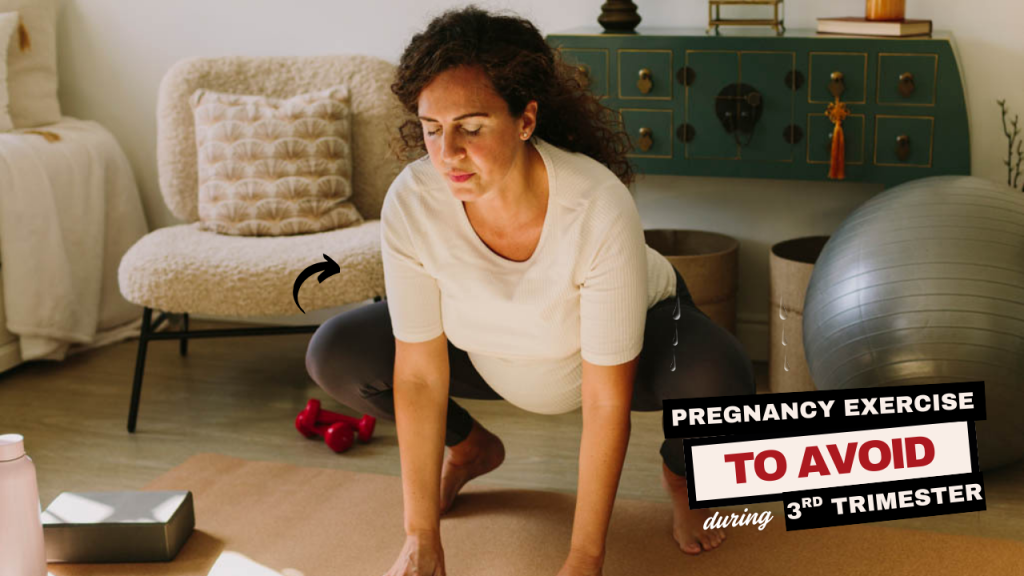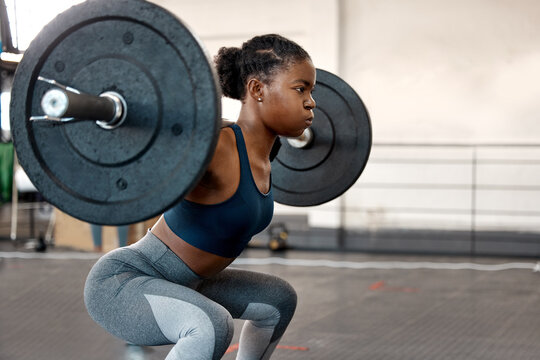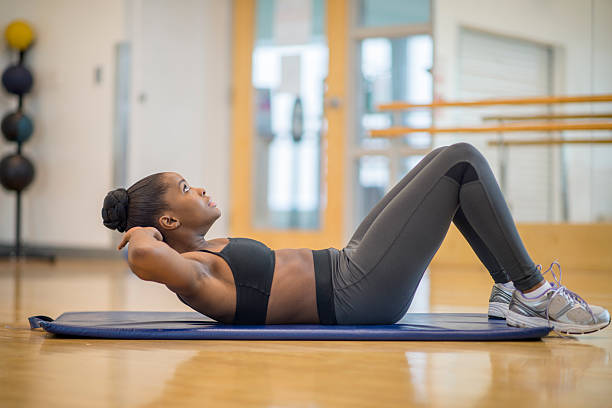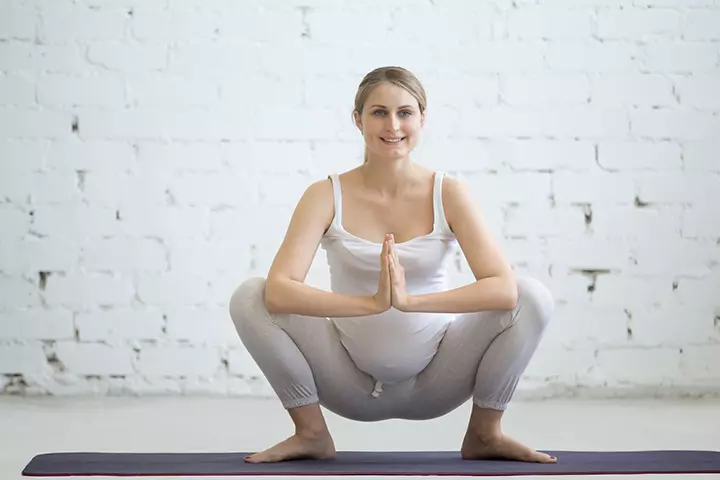Do you know that during the third trimester, your body produces a hormone called relaxin, which softens your ligaments and joints to prepare for delivery—but also increases your risk of injury? While exercise is beneficial throughout pregnancy, not all workouts are safe during the final stretch. In fact, the wrong moves could cause more harm than good to both you and your baby.
The third trimester is a delicate phase. Your baby is rapidly growing, your balance is shifting, and your energy may feel unpredictable. Staying active is still important for circulation, stamina, and mental well-being—but knowing what to avoid is just as critical as knowing what to do.
Let’s break down the exercises you shouldn’t do in your third trimester, backed by expert insight and real reasons why skipping these can help keep you and your baby safe.

Third Trimester Exercise: Do’s and Don’ts
| Do’s | Don’ts |
|---|---|
| Choose low-impact activities like walking, swimming, and prenatal yoga | Avoid high-impact workouts like jumping or intense cardio |
| Stay hydrated before, during, and after exercise | Don’t exercise to the point of exhaustion or breathlessness |
| Practice good posture and controlled breathing | Don’t hold your breath (Valsalva maneuver) during any movement |
| Wear supportive footwear and maternity-friendly workout gear | Don’t wear tight clothing that restricts movement or blood flow |
| Modify strength training with lighter weights and proper form | Don’t lift heavy weights or perform straining exercises |
| Include gentle stretching and pelvic floor exercises | Don’t perform deep twists or intense core workouts |
| Listen to your body and take rest days | Don’t ignore pain, dizziness, or unusual symptoms |
| Check with your healthcare provider before starting or continuing | Don’t follow generic workout plans not tailored for pregnancy |
| Exercise in a cool, well-ventilated area | Don’t do hot yoga or overheat your body during exercise |
| Focus on movements that improve balance and stability | Don’t engage in activities with high fall risk like outdoor cycling |
1. High-Impact Workouts and Jumping Movements

These include activities like high-intensity interval training (HIIT), jumping jacks, or plyometric exercises.
Why to avoid:
Your joints are looser, and your balance is compromised due to your growing belly. Jumping can increase the risk of falls and unnecessary strain on your pelvic floor.
Interesting Fact: Your center of gravity shifts forward in the third trimester, which is why many pregnant women feel clumsier during this stage.
2. Heavy Weight Lifting or Straining

Lifting heavy weights, especially while standing or bearing down, can put pressure on the abdominal muscles and lower back.
Why to avoid:
This can worsen diastasis recti (abdominal separation), lead to back pain, or cause spikes in blood pressure—none of which are ideal at this stage.
Myth Buster: It’s a myth that all strength training is dangerous during pregnancy. Light resistance training with proper form can be beneficial—but heavy lifting should be avoided in the third trimester.
3. Exercises Lying Flat on Your Back

Think: crunches, flat bench presses, or back-lying yoga poses.
Why to avoid:
Lying flat can compress the inferior vena cava, a major vein that carries blood from your lower body to your heart. This can reduce blood flow to the baby and make you feel dizzy or faint.
4. Twisting or Deep Core Rotational Movements

Oblique twists or exercises that require deep torso rotation may seem harmless but pose hidden risks.
Why to avoid:
They can strain the abdominal wall and worsen core separation. Plus, twisting can create unwanted tension around the uterus.
5. Hot Yoga or Intense Heat-Based Workouts
Environments like saunas, hot yoga studios, or vigorous exercise under heat aren’t recommended.
Why to avoid:
Pregnant women are more prone to overheating, and high temperatures may affect fetal development. Dehydration and heat stress can also increase the risk of preterm labor.
Did You Know? Your body temperature naturally runs higher in pregnancy, which means it takes less effort to become overheated.
6. Contact Sports and Risk of Falling

This includes sports like basketball, soccer, horseback riding, skiing, or cycling outdoors.
Why to avoid:
Any risk of falling or direct abdominal trauma could be extremely dangerous. As your belly grows, balance becomes a greater issue.
7. Intense Ab Workouts or Crunches

Yes, even your favorite core workouts need to take a break.
Why to avoid:
Your abdominal muscles are already stretched. Overworking them could lead to ab separation and prolonged postpartum healing.
Pro Tip: Opt for gentle pelvic tilts or seated belly breathing to engage your core without strain.
8. Deep Squats or Wide-Leg Lunges

While squats can be beneficial, deep or wide-stance squats can place excessive strain on the pelvic area.
Why to avoid:
The increased relaxin can cause instability in your hips and pelvis. This can lead to discomfort, joint misalignment, or pain that lasts into the postpartum period.
9. Holding Breath During Exercise (Valsalva Maneuver)

Breath-holding techniques, especially during resistance moves, can be risky.
Why to avoid:
It increases intra-abdominal pressure and can restrict oxygen flow, which isn’t ideal for you or your baby.
Myth Alert: Some think holding your breath helps “engage the core better”—but during pregnancy, smooth, controlled breathing is key.
Exercises to Avoid in the Third Trimester
Unsafe Exercises List:
- High-Intensity Interval Training (HIIT)
- Jumping jacks, skipping, or any jumping movements
- Heavy weightlifting or barbell squats
- Exercises lying flat on your back (e.g., crunches, bench press)
- Deep twisting movements (e.g., oblique twists)
- Hot yoga or workouts in heated environments
- Planks and intense core exercises
- Deep squats or wide-legged lunges
- Contact sports (e.g., soccer, basketball)
- Outdoor cycling or any activity with a risk of falling
- Exercises that require holding your breath
- Abdominal machines at the gym
- Rope jumping or trampoline-based workouts
Note: When in doubt, consult your doctor or a certified prenatal fitness specialist before performing any exercise during your third trimester.
Final Thoughts: Safe Movement is Smart Movement
Pregnancy is not the time to push your limits—it’s the time to listen to your body. The third trimester comes with unique physical and hormonal changes that require you to move differently, rest more, and focus on functional, safe exercises like prenatal yoga, walking, or swimming.
Do You Know? Staying active during pregnancy can shorten labor and reduce the risk of complications—when done correctly.
So skip the risky moves, stay hydrated, and always consult your healthcare provider before making changes to your routine. Your body is doing something extraordinary—honor that with mindful movement.
Frequently Asked Questions (FAQs)
Can I still exercise during my third trimester?
Yes, absolutely! Gentle, low-impact exercises like walking, prenatal yoga, swimming, and light strength training are generally safe and beneficial. Always check with your healthcare provider first.
Is it safe to do squats in the third trimester?
Modified squats can be safe and helpful for strengthening your pelvic muscles. However, avoid deep or wide squats, especially if you feel unstable or experience pelvic pain.
Can I continue abdominal exercises during my third trimester?
Avoid traditional ab exercises like crunches or planks. Instead, try safe core engagement techniques such as seated breathing, pelvic tilts, or side-lying movements.
What if I’ve been lifting weights before pregnancy—do I have to stop now?
Not necessarily. You can continue light to moderate strength training with modifications. Avoid heavy lifting, holding your breath, or any movement that strains your core or back.
Are yoga and stretching safe in the third trimester?
Yes, prenatal yoga and gentle stretching are usually safe. Just avoid hot yoga, lying flat on your back, and deep twists or overstretching, especially since your ligaments are more flexible.
When should I completely stop exercising during pregnancy?
You should stop exercising if advised by your doctor due to a high-risk pregnancy, placenta previa, preterm labor signs, or other medical conditions that make exercise unsafe.






Very good
Awesome